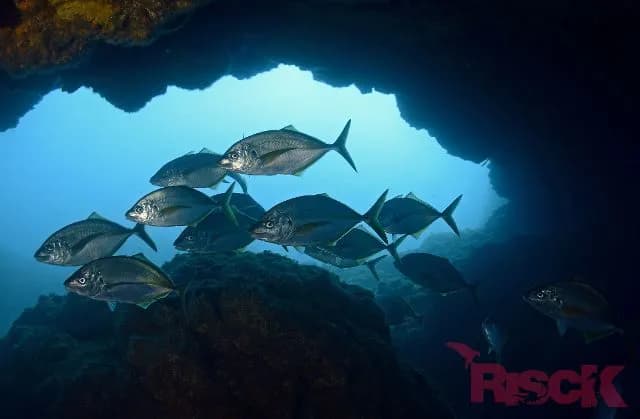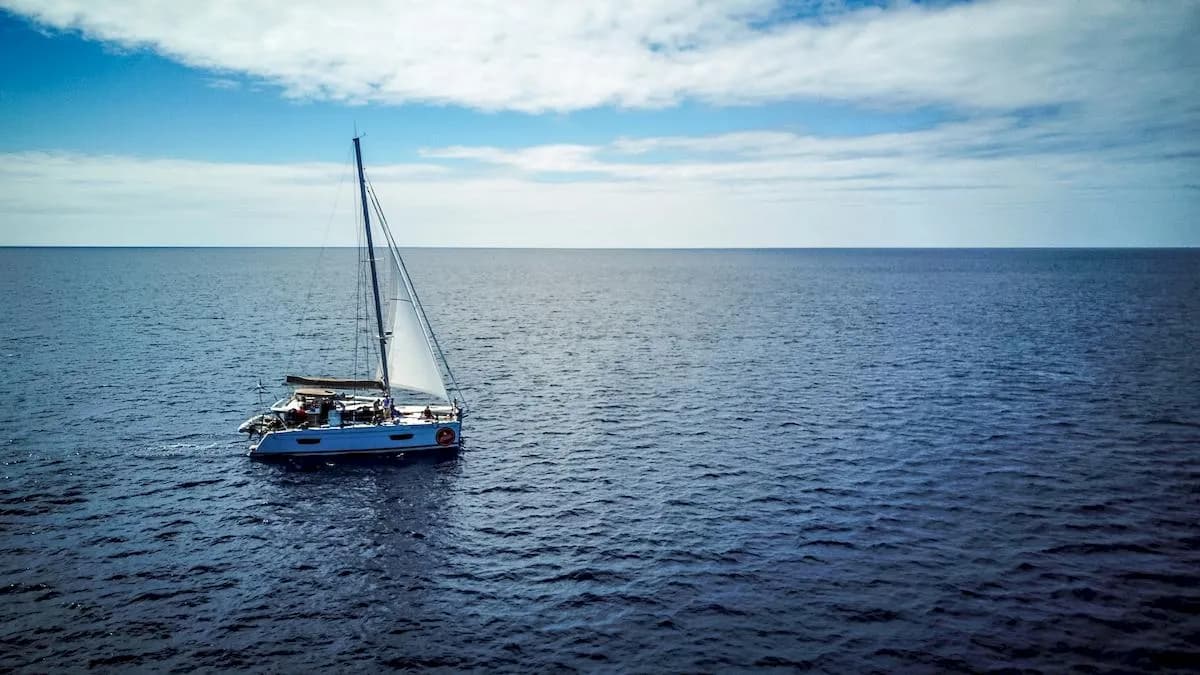
Scuba Dive Level
All Levels
Visibility
15 to 120 feet (5 to 40 meters)
Average Water Temperature
63
Whale Encounters
Pelagic Encounters
Suspended in the volcanic Atlantic between Europe and North America, this Portuguese island group has developed its own special identity throughout its dynamic history, and today boasts natural beauty and friendly, welcoming residents.
The underwater realm of the Azores present divers with intriguing topography and diversity of dive sites. A subtropical oceanic climate combines with the rich waters of the Gulf Stream, creating a healthy ecosystem that is rich with marine life.
The relative isolation of the island group means the dive environment has remained pristine. Many of the Azores dive centers prioritize environmental conservation and educational eco-tourism, protecting the unspoiled beauty that attracts scuba divers from all over the world. A few of the varied sites include swim-throughs and caves created by ancient lava flow, giant crater lakes, and World War II shipwrecks.
As it is surrounded by the wide-open Atlantic, the Azores serve as a veritable beacon for whales. Resident sperm whales are joined by migratory blue, fin, humpback, minke, and sei whales plus orcas and several species of dolphins. The peak of whale spotting season is early spring, a period that also features a rare sight: Portuguese man o' war amass here in the thousands, thriving in the rich waters before vanishing as the temperatures increase.
An up-and-coming destination for shark diving, scuba centers are now facilitating blue and mako shark encounters in the deep blue water setting. Manta rays are also prevalent in these outstanding depths, along with occasional whale sharks, hammerheads, and a wide array of large fish.
For similar diving, have you considered scuba diving Red Sea?
Mediterranean parrotfish, large grouper, triggerfish, rainbow wrasse, red scorpion fish, yellow mouth barracuda, ocean sunfish, devil rays, and sea turtles are just a few of the hundreds of coastal marine species thriving in this rich environment. These waters are also home to several species of nudibranchs and other macro subjects.
Many international airports fly directly to Sao Miguel, their largest island. But you'll have to fly to Lisbon and get a connecting flight with SATA if you want to visit the other islands.
There are a lot of dive resorts and dive operators available in the archipelago. Most dive operators insist upon very small groups (approximately 6) in order to ensure the protection of the underwater environment and the marine life. This is particularly strictly enforced for large mammal and shark excursions.
The Azores dive season is in the summer, from June to around October. It is when they have warmer temperatures and calmer seas.
The volcanic quality of the Azores has created magnificent natural sights and experiences, including stunning lakes in volcano craters, hot springs, and dramatic peaks and valleys. There are abundant topside activities including golf, hiking, geo-tourism, canyoning, bike tours, horseback riding, paragliding, bird watching, canoeing, kayaking, whale watching, yachting, big game fishing, and surfing. Snorkeling is also considered a central activity to the Azores, with plenty of shallow water attractions to enjoy.
Nightlife is sociable and the local residents are exceedingly friendly. Each island culture boasts its own special cuisines and traditions. With 9 diverse islands to choose from, no matter the interest, the Azores hold a special experience for everyone.
Find out more about the Azores' unique topside wildlife.

Explore Azores
